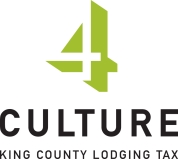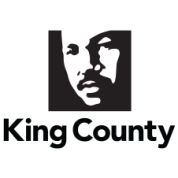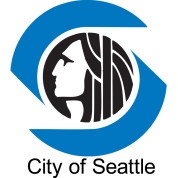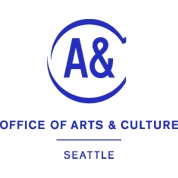
Cod Squad
One hundred and twenty-five years ago this week, on October 14, 1891, the schooner Lizzie Colby landed the first load of cod at J. W. Matheson's new fish-curing plant in Anacortes, ushering in a new Puget Sound industry in which fish were not only caught, but also processed or canned. Although salmon canning would soon surpass the cod industry in Anacortes, three seafood plants continue the tradition there to this day.
Cod fishing in the North Pacific began in earnest in the 1860s. The first cod schooners were based in San Francisco, but by 1915 the Puget Sound cod fleet had grown to eight vessels, and the Pacific Northwest's foothold in the industry was secured for years to come, with home ports in Anacortes, Poulsbo, and Seattle. Completion of the Lake Washington Ship Canal in 1917 provided winter anchorage in Lake Union's fresh water, which killed wood-boring parasites in the ships' hulls.
The tall-masted schooners delivered tons of fish to processing facilities until World War II, when they were pressed into service for barge and transport duty. After the war most of them were scrapped or dismasted, and only the C. A. Thayer remains, now a museum ship in San Francisco. The Wawona -- which spent its last decades on Lake Union as a visual reminder of the region's maritime history -- was sent to the breaking yard in 2009, but planks from the vessel were used to create a sculpture that is now on display at the Museum of History and Industry.
Rail Tales
On October 18, 1889, the Spokane Falls & Northern Railway reached Colville, less than a year before the town's incorporation. On October 14, 1909, construction began on the Waterville Railway, which relieved the isolation of the county seat of Douglas County. This week also marks the anniversary of the October 16, 1999, reopening of Seattle's historic Union Station after extensive refurbishing. It is now the headquarters of Sound Transit.
Seattle marks another rail anniversary this week, this one involving streetcars. On October 14, 1890, the Seattle City Council held a race to see who could build a rail transit line from the heart of downtown to Lake Union the fastest. The contest pitted traditional cable-car builders, who followed the street grid, against crafty streetcar veteran Luther Henry Griffith. While the cable guys were measuring their right angles, Griffith quietly bought up the old coal railroad right-of-way that ran diagonally from Pike Street to the lakeshore. His new line was up and running just five days after the first hammer fell. The city got around to paving the street in 1906. Today we call it Westlake Avenue, and streetcars now run upon it once again.







